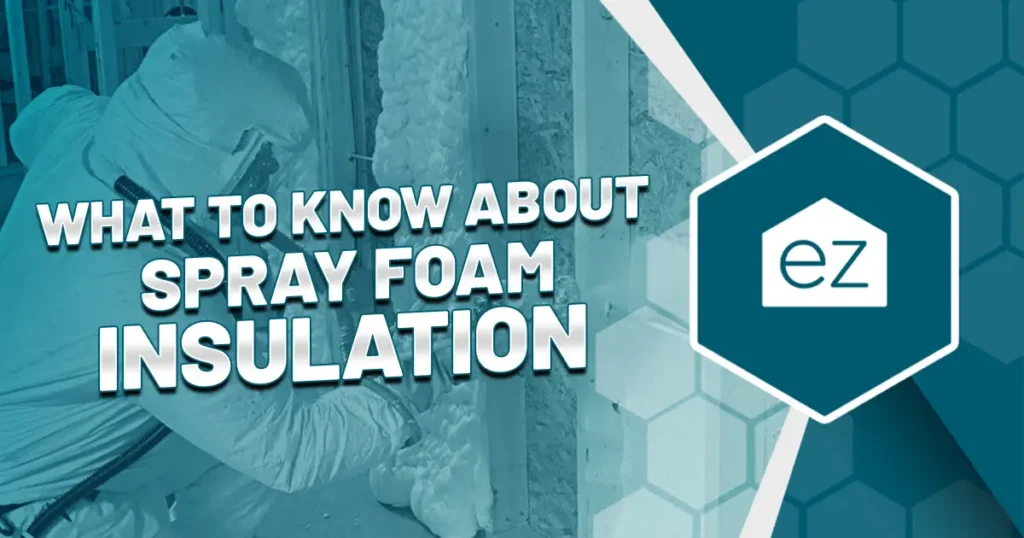Preapproval or Prequalification: Pros and Cons for Homebuyers
 The process of obtaining a loan has changed significantly over the past few decades. Changes brought about by new lenders on the market to access more information thanks to the Internet have led traditional banks to compete with brokerage firms, credit unions, and online banks.
The process of obtaining a loan has changed significantly over the past few decades. Changes brought about by new lenders on the market to access more information thanks to the Internet have led traditional banks to compete with brokerage firms, credit unions, and online banks.
But what hasn’t changed are the basics: the steps to show a home seller you can afford to buy their home. Behind these are prequalification and preapproval letters. They sound similar in that they both give the buyer a range of how much they can borrow, but key differences affect the buyer’s chances of standing out from the crowd. Learn more about what each letter represents and how home buyers can use either to their advantage.
For informational purposes only. Always consult with a licensed mortgage or home loan professional before proceeding with any real estate transaction.
How Prequalification Letters Work
Think of a prequalification letter for a home loan as a preliminary step to the preapproval letter. With a prequalification, buyers do not have to give detailed information regarding their income, savings, and assets. Once mortgage lenders collect the information, they may do a quick background check into the client’s accounts and financial data. However, they may arrive at their numbers based on the buyer’s shared information. It’s why home mortgage prequalification letters may only take a few hours to generate. The potential lender gives a general estimate of how much home a buyer can afford with financing, but it’s not necessarily based on anything more than the buyer’s word.
How Preapproval Letters Work
A preapproval letter for a home loan is much more involved process, one where a lender takes the time to collect (and verify) everything from pay stubs to W-2 forms to tax returns. Buyers need to fill out a mortgage application and give permission for lenders to run an official credit check and thorough financial review.
By requiring this information, mortgage lenders make buyers prove the state of their financial affairs. Once the lender has reviewed the application and buyer’s assets, they’ll determine how much of a home loan the buyer is approved for. This number is technically a commitment from the lender, though it is not an unconditional promise. Lenders also give borrowers the loan terms, including the interest rates the buyer can expect.
A few things to note about how mortgage preapproval letters work:
- Buyers may or may not be locked into these interest rates for a given period of time.
- The cost of a preapproval letter ranges from free to several-hundred dollars.
- A prequalification letter is not required if the buyer has a preapproval.
How to Approach the Loan Prequalification Process
A home loan prequalification letter is usually recommended for buyers who just want to get their feet wet. It will likely be free, and it’s a great way to get the conversation started about how much the buyer can afford. If the buyer is in a true buyer’s market, a prequalification letter may be enough for a seller to turn their head. However, in most markets, buyers will need more when submitting an offer on a home.
House hunters who are serious about buying soon should go straight to a preapproval letter if they hope to compete against other buyers. This is especially the case in competitive seller’s markets, when homes are receiving multiple offers the week they go on the market.
Before seeking the preapproval letter for the home loan, they should learn the terms of the lender’s letter (e.g., cost, interest rate lockdowns, etc). One important caveat buyers need to know is that neither kind of letter is guaranteed. While it’s less likely that a lender will back out of the loan in the case of a preapproval, it’s not impossible.
Common Stipulations
Lenders may know everything there is to know about the buyer’s finances when running a mortgage preapproval application, but they don’t necessarily know anything about the property. If it turns out the ex-spouse of the seller is contesting the sale of the home, the lender may reserve the right to rescind their offer until the resolution of ownership is decided. By this time, the buyer may have lost the original terms of the loan because of fluctuating market conditions. It would cause their interest rates to change, and not always for the better.
Other potential complications in seeking a prequalification letter for a mortgage include the buyer including the closing costs in the total loan price, potentially pushing the buyer into a higher loan bracket. This can cause the lender to back out of the sale entirely. Similarly, if the home buyer loses their job between the time of their application and closing, the lender may withdraw the offer.
The pre-approval letter may be the more valuable of the two documents from mortgage lenders, but both serve a purpose for buyers. Buyers not very far along in the home search process don’t have to gather all their financial documents together for a preapproval letter, nor will they have to pay the price for the lender to underwrite the mortgage application. Still, the preapproval letter is likely to go further in the eyes of the seller in showing the buyer is serious about the home purchase.
For informational purposes only. Always consult with a licensed mortgage or home loan professional before proceeding with any real estate transaction.
Updated December 2023
Start Your Home Search
Preston Guyton
Share this Post
Related Articles
Buying a Home
Conforming Loan Limits: A Guide for Homebuyers
Buying a Home
What to Know About Termites In Your Home
Buying a Home
What to Know About Spray Foam Insulation
Buying a Home





